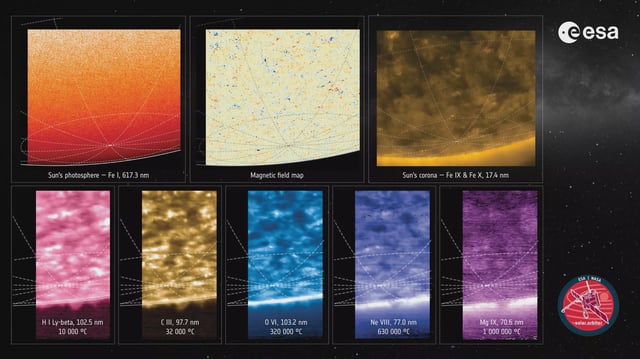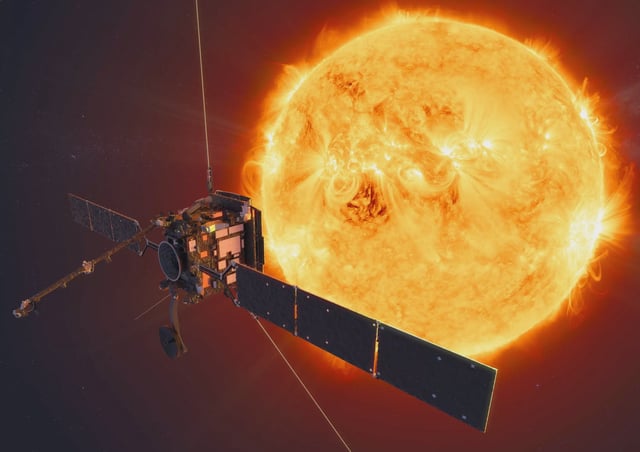Overview
- The orbiter entered its high-latitude phase in February 2025, shifting to a 17° tilt that allowed views from above the solar equator
- Instruments detected unexpected 'messy' magnetism at the south pole with intertwined north and south polarity regions
- SPICE, the orbiter’s imaging spectrograph, recorded the first Doppler measurements at the pole to map solar material flows
- Researchers anticipate the Sun’s magnetic field will normalize by the next solar minimum in about five to six years but seek more data to explain current irregularities
- The mission will continue until 2030, providing data crucial to refining space weather forecasts and guiding future exploration



